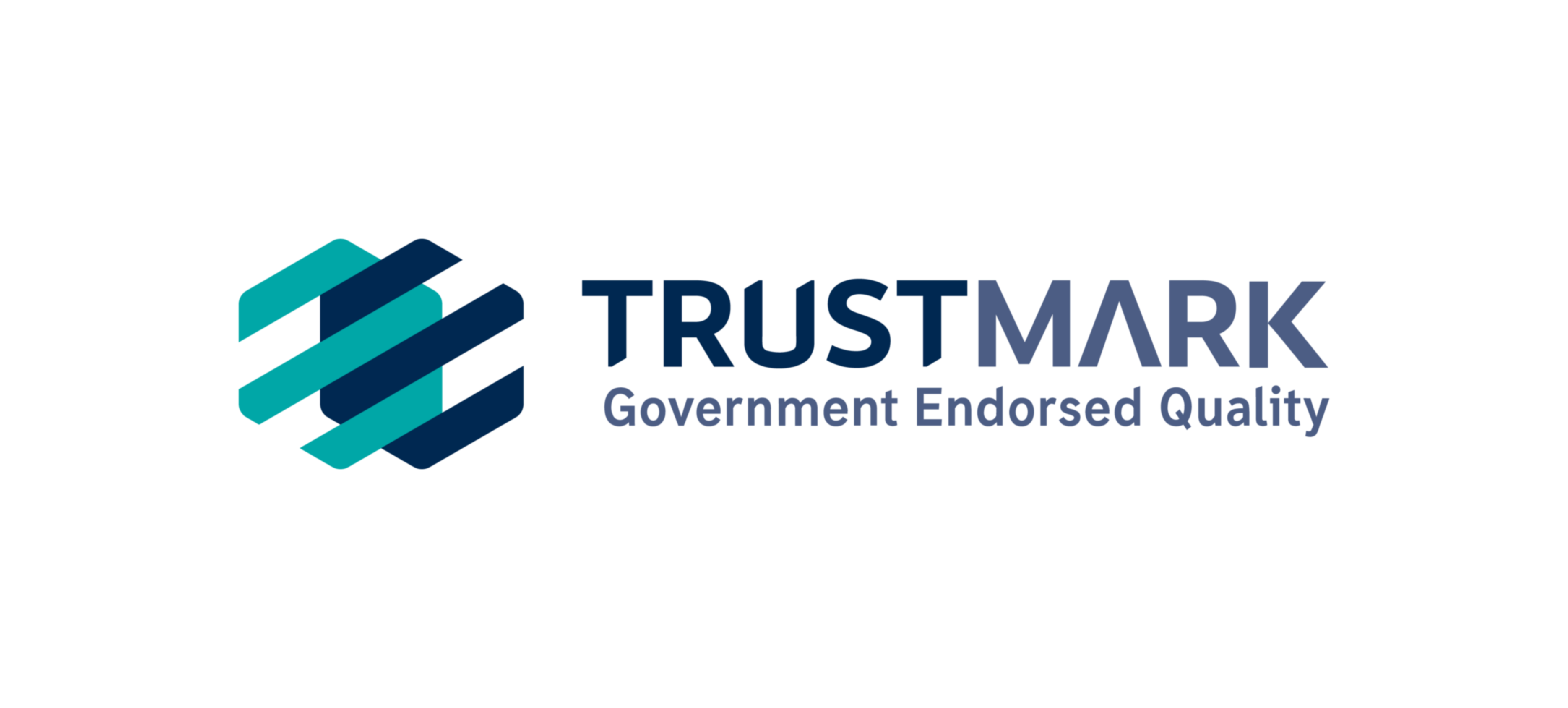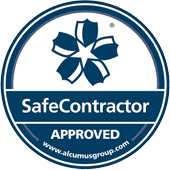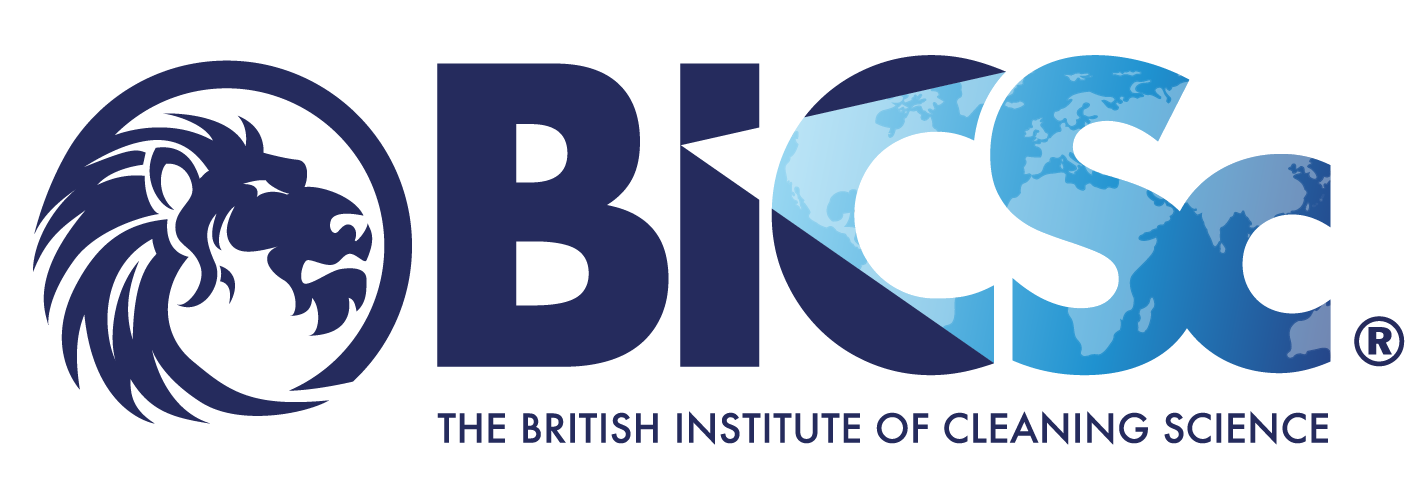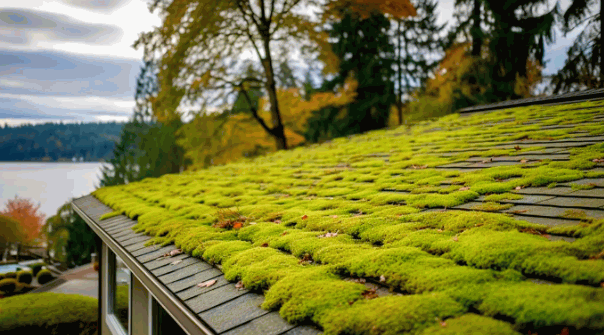
When you check out most roofs, there's likely to be a bit of moss growth. On ancient cottages, it conjures a rustic, olde-worlde atmosphere, and on more modern dwellings it's just one of those things we accept. It might not look great, but who looks at their roof tiles, anyway?
After all, it can't cause any harm, can it?
That's what we're here to find out! Before we answer the question, we need to study moss a little to understand what we're dealing with...

There are dozens of different types of moss around the world, but the stuff you find on roofs in the UK is mostly Bryophyte Andeaeaceae, the most common of around seven different varieties.
It's a simple plant that thrives in damp conditions and on rough, porous or textured surfaces. When you find dry moss on the ground around your home, this is because the sun has dehydrated it and it has blown down in the wind or been tossed down by blackbirds (mostly) looking for food.
On the whole, moss growth loves shaded areas, so if your roof is north-facing or overhung by trees, or if you're in a region with high annual rainfall, you're more likely to have an excessive amount of moss on your roof.
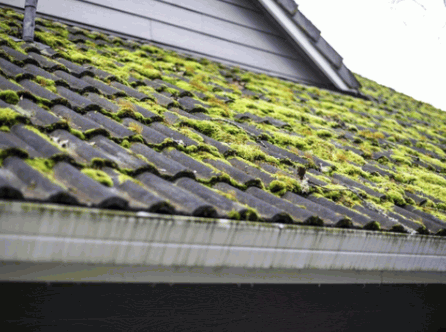
It depends on who you ask!
There are those in the roofing industry and elsewhere who suggest that roof moss does not harm tiled roofs in any way. In fact, some say that roof tiles are designed to withstand this and that they'll be fine, lasting much longer than their anticipated lifespan.
However, in our professional opinion, moss growth on roof tiles is not a good thing. We'll investigate why this is next...
So, we know that roof moss loves porous, shaded and damp areas, and roof tiles are ideal places for it to thrive.
The trouble is that plants like this have roots, and these anchor themselves to the surface. Eventually, this causes the top of the tile to deteriorate and crumble, exposing the matrix beneath. Moisture gets into the material where it freezes during the cold seasons and thaws again. This constant cycle forces fissures even wider. Before long, you'll have cracked and broken tiles.
Now, it's unlikely that you'll notice these cracks, and water will make its way inside the loft space where it will soak into the roof timbers. If it's not detected for months, or even years, you'll be facing a case of wood rot that could affect the structural integrity of the entire roof system. If this seems a bit extreme, consider the state of any abandoned buildings you may have passed. One of the first things to go is the roof, and that's because of neglect.
Check out our post “How to clean roof tiles”.
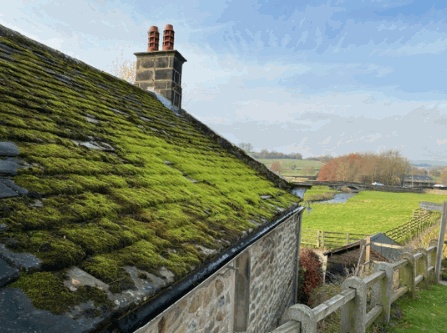
Another issue with mossy roofs is the extra weight it adds to the structure. When dry, the moss growth on your roof can add around 700kg to its weight.
And when you add rainwater, which the moss absorbs greedily, you're looking at an extra 3,500kg and possibly as much as 7,000kg. Now that's a significant increase in weight, potentially pushing the boundaries of the roof's maximum weight limit.
After several years of this, your roof might experience structural damage. When you add the possibility of wood rot into the mix, it's a recipe for disaster. At the very least, it could mean very costly repairs!
Loose moss and other debris can be dislodged and land in your gutters, causing blockages that result in damp walls, bringing a host of other structural issues to deal with.
It's rapidly becoming clear that removing moss growth from roof tiles is a pretty good idea!
By now, you might be thinking, Oh no! I have moss on my roof! What should I do? Before you rush off to Google, how to get rid of moss on roof, or how do I remove moss from my roof?, take a deep breath, relax, and read on to discover what to do about it.
First, don't panic - the image we conjured here is extreme, but it shows that moss growing on a roof is a problem and that it can damage tiles, potentially leading to further problems.
Next, you need to assess the seriousness of the problem. For example, if you have small patches of moss spread across your roof, it's unlikely to be an issue, especially for newer roof tiles and south-facing properties in drier regions.
However, for more severe moss infestation, we recommend taking action and getting professional help.
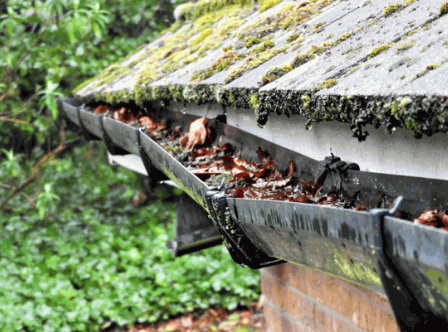
As experts in the industry, we use several methods of removing moss depending on the type of tiles and the roof's condition.
This method uses scrapers or brushes to physically remove moss from roof tiles. It's labour-intensive but very effective, especially for small to moderate moss coverage. However, care must be taken to avoid damaging tiles.
A long handled brush or telescopic pole is the best option, as it allows you to work from ground level.
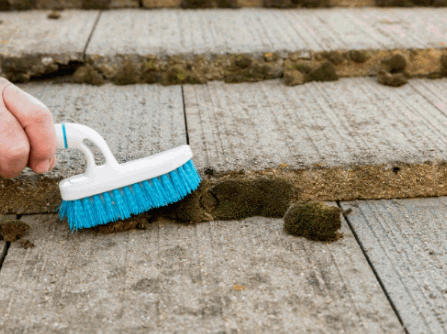
Pressure washers are sometimes used to clean moss and dirt from roofs. While quick and efficient, it can dislodge loose tiles or damage certain types of roofing materials if not done carefully.
For this reason, we generally recommend avoiding using pressure washers on roof tiles to prevent damage.
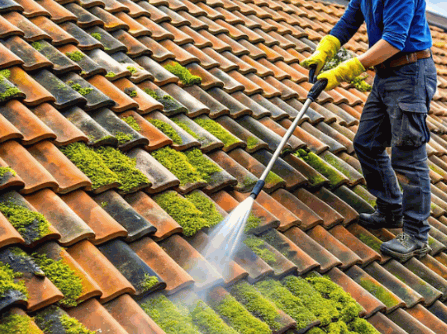
A specialist moss killer is sprayed onto the roof to eliminate it. This method is less invasive and can provide longer-term results, as it discourages moss growth, but we recommend leaving this to professional roof cleaners to ensure safety and compliance with environmental regulations.
(moss killers are a contentious subject, as many moss species are protected by law!)
Check out our post “What chemicals are used to clean roofs”.

Soft washing is a roof cleaning technique that employs low-pressure water alongside specially designed cleaning solutions to eliminate moss, algae, dirt, and lichen. These cleaning agents work by breaking down organic matter and stains, enabling them to be gently rinsed off without causing harm to the roof materials.

Steam cleaning is a roof cleaning technique that uses high-temperature steam to effectively remove moss, algae, dirt, and other debris. Delivered at low pressure, the steam offers a gentle yet efficient solution, ideal for cleaning delicate or historic roofing materials such as slate or clay tiles.
This approach avoids harsh chemicals, instead relying on the steam's heat to eliminate organic growth and sanitise the surface. The high temperature kills spores, which is a great way to prevent moss growth in the future.
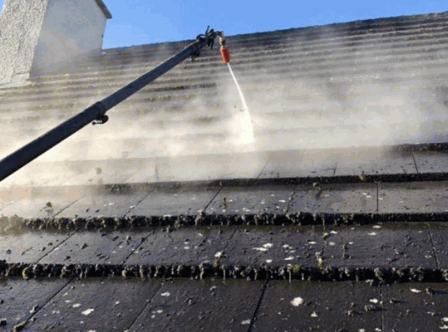
So, is moss bad? Definitely! And it will eventually damage the roof of your house. Left unchecked, it will cause even more damage. Can you clean it yourself? Probably, but we strongly recommend seeking professional assistance, especially if you have a steeply pitched roof. It's also wise to choose a method that will prevent moss from growing in the future.
At the Roof Clean Spray Team, we have the skills and specialist equipment to deal with your moss problem efficiently and effectively, so don't forget to give us a call!


